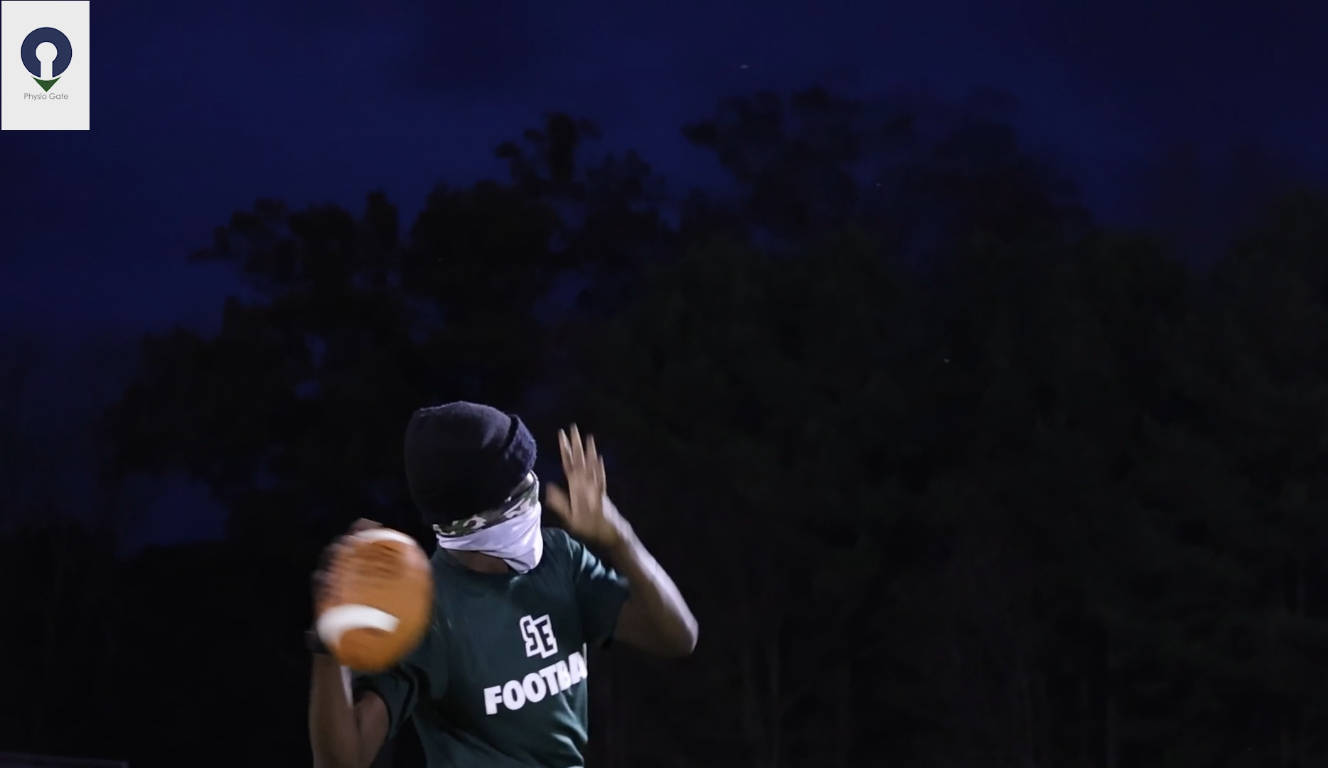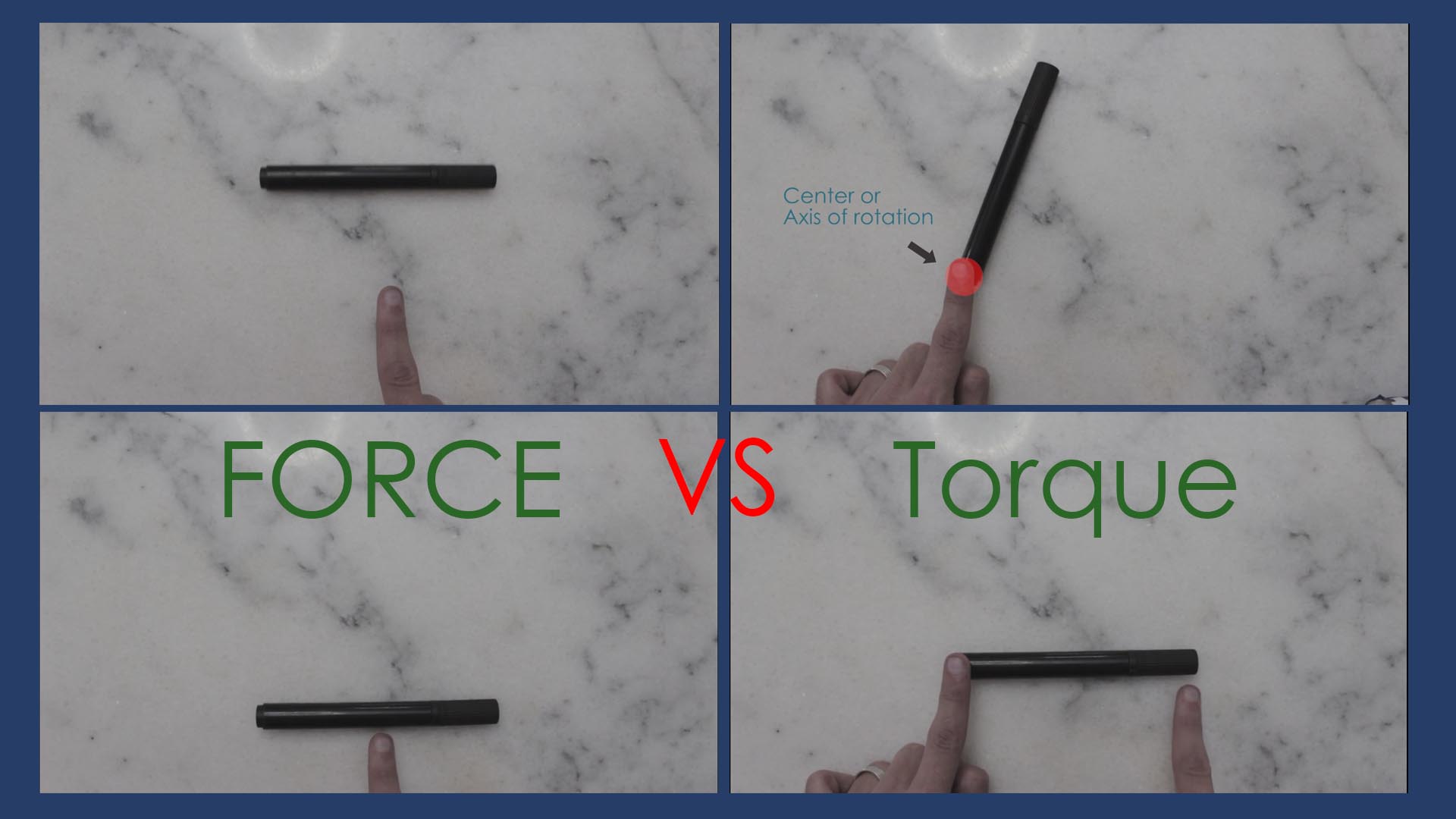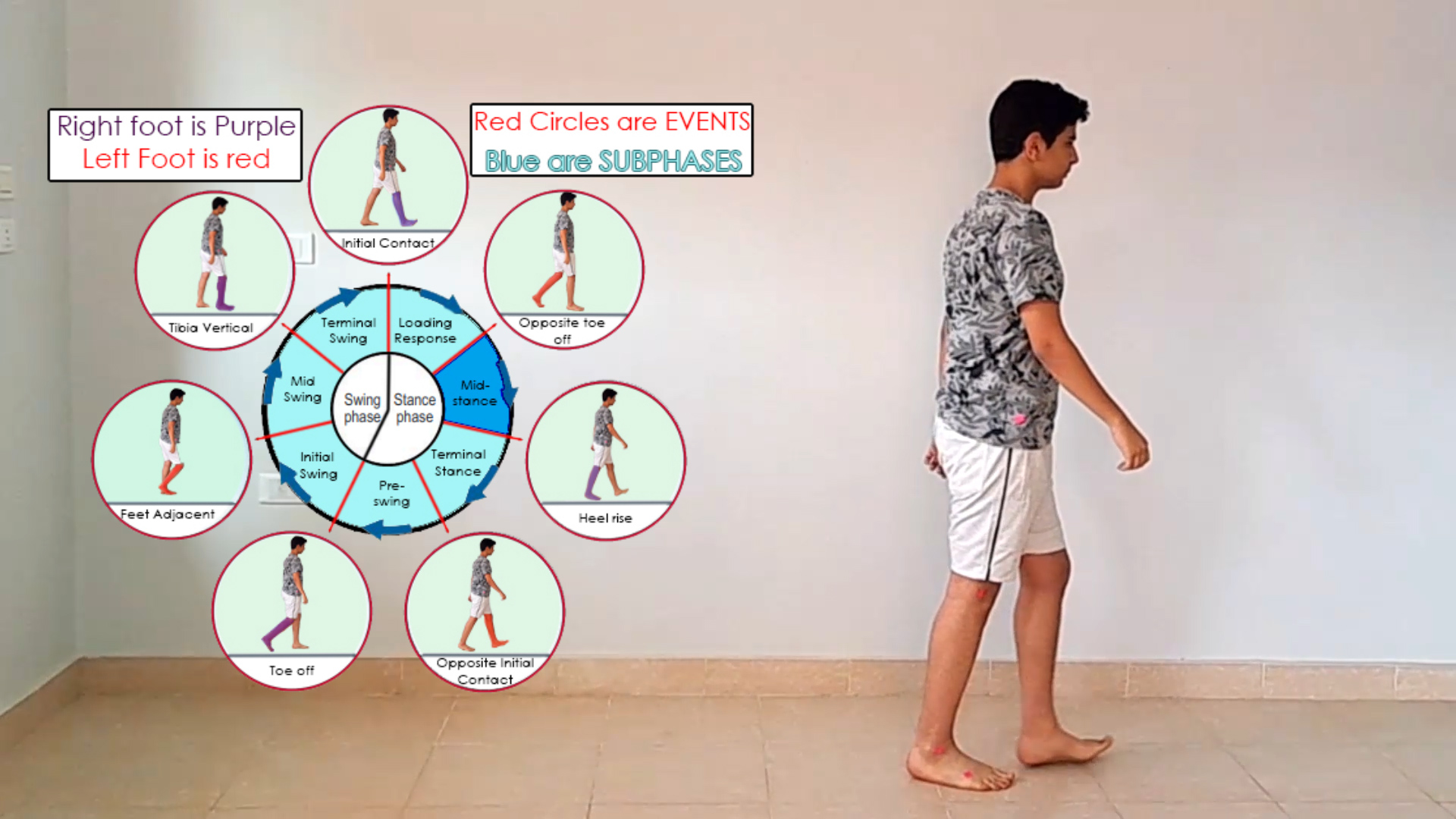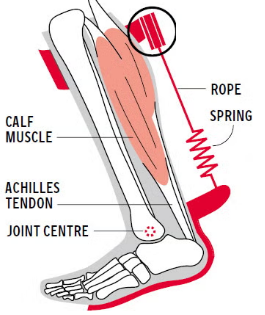Understanding Arm Rotation in Sports: The Magic Behind Your Movements
Ever wondered how your arm achieves those powerful, precise movements in sports? It’s all about internal and external rotation. Let’s dive into this fascinating topic!
Take throwing, for example. External rotation is key during the cocking phase, prepping the arm for action, while internal rotation powers the throw and follows through. It’s a seamless coordination of muscles working together to create that perfect pitch or serve.
When your arm is above 90 degrees, the infraspinatus and teres minor muscles work hard to create external rotation. These muscles not only rotate the arm but also help stabilize the humeral head, although they fatigue quickly during prolonged activity. Imagine these muscles like the unsung heroes of your shoulder, tirelessly working behind the scenes to keep everything in place.
For internal rotation, muscles like the subscapularis, latissimus dorsi, teres major, and parts of the pectoralis major come into play. The teres major kicks in especially when there’s resistance. It’s like having a powerhouse team ready to take over when the going gets tough.
Interestingly, while these muscles can generate significant force, most upper body movements don’t need that much power for internal rotation. It’s fascinating how our bodies are designed for efficiency, using just the right amount of force needed for each movement.
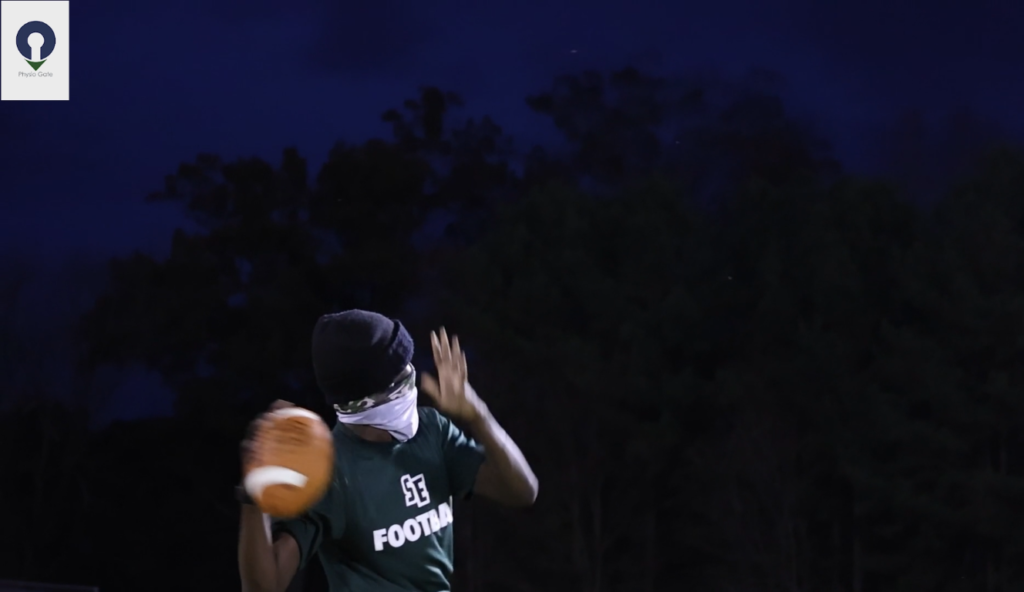
The shoulder girdle’s movement depends on your arm’s position. Elevated arm positions, like during abduction and flexion, need more coordination, whereas neutral positions allow for a full 180-degree rotation. As you raise your arm, the muscles responsible for rotation also stabilize the humeral head. This is why internal rotation can be challenging when the arm is elevated – the tissues under the acromion process get compressed.
Understanding these mechanics not only helps improve performance but also prevents injuries. It’s like having a roadmap to better movement and health.
Want to dive deeper into the intricacies of shoulder mechanics? Check out my comprehensive course on Udemy: Shoulder Mastery Course: Kinetics & Kinematics. It’s packed with insights and practical tips to help you master the science of shoulder movement without feeling overwhelmed.
Stay tuned to Physiogate for more insights on human movement and biomechanics. Until next time, stay curious and keep exploring the wonders of how our bodies move!
